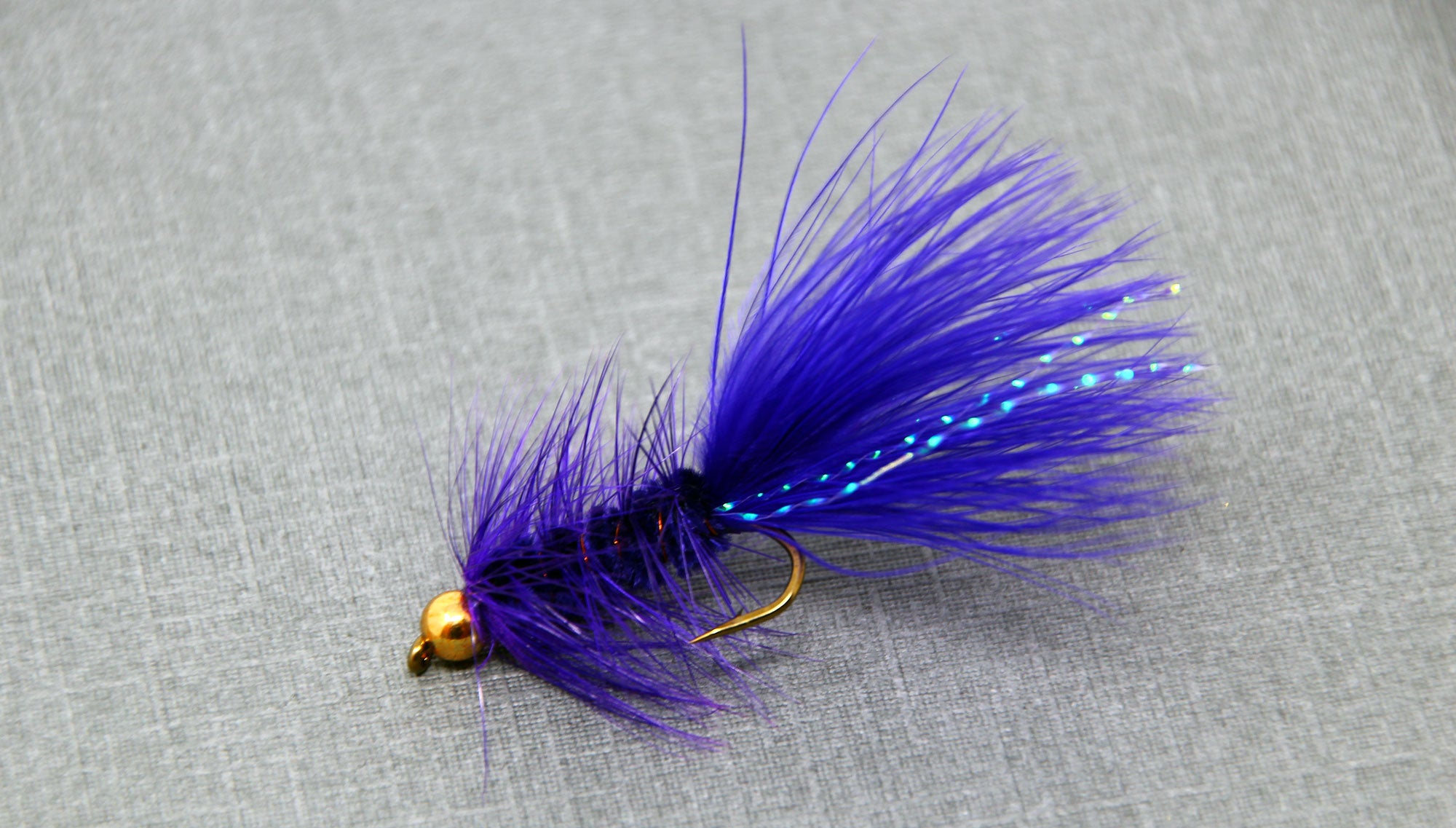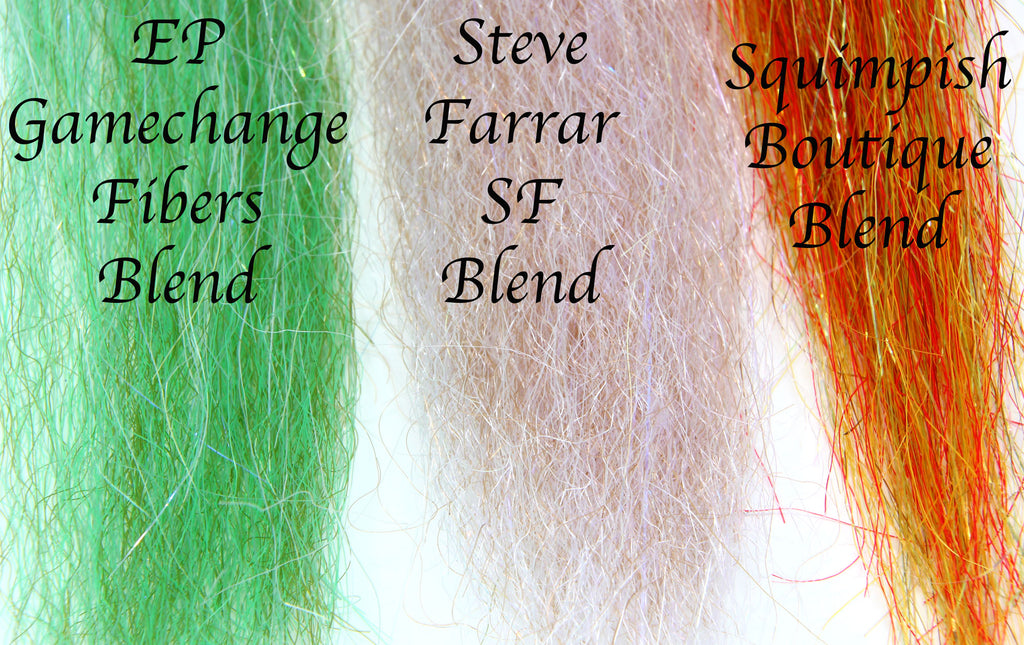Written by: Joe Webster & Josh Thelin / Photo by: Josh Thelin
Stockingfoot waders, bootfoot waders, wading pants, neoprene, GORE-TEX, Toray…Where do we begin? With so many options available in today's market, we are going to break down when you may want to choose one pair of fishing wader over another or maybe even why you may want to forgo them all together for wet wading. In this post we will compare the different types of waders available, what they are made of, and subcategories of each type to help you better understand how to outfit yourself for your next adventures. We offer Simms and Redington waders here at the shop because we feel that they are the most durable and best made waders on the market, however the following information and ideas can be applied towards many brands of waders.
What Are Waders Made Of?
For a lot of us, our first memories of fishing waders were a pair of fully neoprene bootfoots that belonged to either our parents or grandparents. Whether they were for fishing or duck hunting, or just putting the dock in/out at camp during the spring/fall, they were clunky and similar to a suit of medieval armor. They also likely weighed a metric ton. However a very warm option, this type of fishing wader has been slowly pushed to the side in lieu of today's more common synthetic-based options. Neoprene waders are certainly still used today, but their application has mostly been applied to very cold conditions. Today, anglers are mostly using stockingfoot or bootfoot waders made of either GORE-TEX or some form of synthetic based material.
GORE-TEX
GORE-TEX has become the gold standard of waterproof/windproof/breathable material and manufacturing technology. Developed in the 1960's by Bill and Bob Gore in Delaware, it made its appearance in the outdoor world in the 1970's with GORE-TEX jackets. A giant leap forward in weather/waterproof technology for many applications, it was not long before GORE-TEX is worn on everything from the top of the world's largest peaks to even the moon. Durable, lightweight, and worthy of the wettest conditions, it's well understood why most people prefer GORE-TEX compared to other materials when it comes to outdoor gear. However well-liked, GORE-TEX is costly to manufacture and garments/waders made with it are usually quite a bit more expensive in the retail world.
Toray
Developed in Japan in the mid 1920's, Toray now makes a wide range of synthetic/acrylic based materials. Nylon being the most well known, a greater percentage of outdoor gear is made of some form of Toray blend or similar woven synthetic based materials. When manufactured and made for outdoor gear purposes, it is produced in a similar way to GORE-TEX with the used of multiple layers and sealed seams. Whether it's Toray or a similar Nylon/acrylic based fabric, when manufactured properly, it can produce a weather/waterproof garment which is durable and worthy of our fishing needs.
Pound for pound, when put to the test, I will say that GORE-TEX has the edge in durability and overall weatherproof capabilities. It really however boils down to budget and application. GORE-TEX is a lot of times considerably more expensive. Waders made of GORE-TEX provide a likely longer lasting piece of gear and will give outdoor gear a more waterproof capability. But a fall on rocks, getting nicked by barbed wire or branches while walking, or a hook stuck will most times puncture or damage your waders whether they are Toray or GORE-TEX. So anglers should manage expectations of their usage and budget accordingly.
Types of Waders
Stockingfoot Waders
Stockingfoot waders are the most popular design of waders on the market. These waders are meant to be paired with a separate wading boot and usually come with a neoprene stocking foot combined with some sort of breathable material for the legs and body. Budget friendly waders will often be the least warm to wear (not a bad thing for warmer days) but often only have single or double layer technology that is prone to fail faster than waders such as the G3 or G4 wader by Simms that feature 3 and 4 layer GORE-TEX designs for greatly increased durability. Stockingfoot waders are also available in pant models that only go up to your waist. Stockingfoot waders will be the most comfortable for walking, but be weary of layering too many pairs of socks in them as they are known to cut off circulation which causes cold feet. It is not recommended to use foot warmers with stockingfoot waders as they are known to prematurely wear out the neoprene.
Bootfoot Waders
Bootfoot waders are one of the most underutilized and under appreciated pieces of gear in the fly fishing industry. It is safe to say most people will associate the term Bootfoot Wader with the fully neoprene, super heavy and very uncomfortable brown waders from a certain big box retailer. We want to change this. Bootfoot waders do not need to be heavy, do not need to be uncomfortable, and can make a subzero degree day feel like a summer evening on the beach. Bootfoot waders are really the only way to efficiently keep your feet warm when water is under 40 degree. Cold feet is the number one reason people will stop fishing in the winter months and bootfoot waders solve that. Another great use for bootfoot style waders is fishing in the surf or on sandy beaches. If you have ever warn stockingfoot waders when fishing in the surf, you know that no matter how hard you try, it is impossible to keep every grain of sand out from between your neoprene stocking and wading boot. Sand getting into a wading boot is the number one reason for failed neoprene and bootfoot waders completely solves this problem.It would not be recommended to walk long distances on the beach, or anywhere for that matter, but if you are taking a short stroll from your car to a hole on a freezing cold river or to a sandy beach close to a public parking area, you may want to reconsider boot foot waders. For the best Bootfoot Waders on the market click HERE
Wet Wading
When the water is warm enough, this is always your best bet. Wet wading takes away the need for waders and only requires a pair of wading socks, and your favorite wading boot or shoe. Especially when dealing with saltwater environments wet wading can save you a lot of money due to the harsh nature of wading in the salt. Simms freesalt boots paired with a wading sock and gravel guard is our favorite way to wade here on the Maine coast, especially on rocky shorelines and can also be applied to our rivers and streams around the state. If a rugged boot meant to be warn with a wading sock is too much, another option is using a flats sneaker or bootie that can be warn barefoot or with a lightweight sock. This can often be the best choice if walking very long distances or roaming skinny water flats all day long.
CHECK OUT OUR WADERS AND BOOTS HERE!
If you have any questions about types of waders/wading gear or are curious about what would work best for you, please give us a call or shoot us a message!
Read more


















